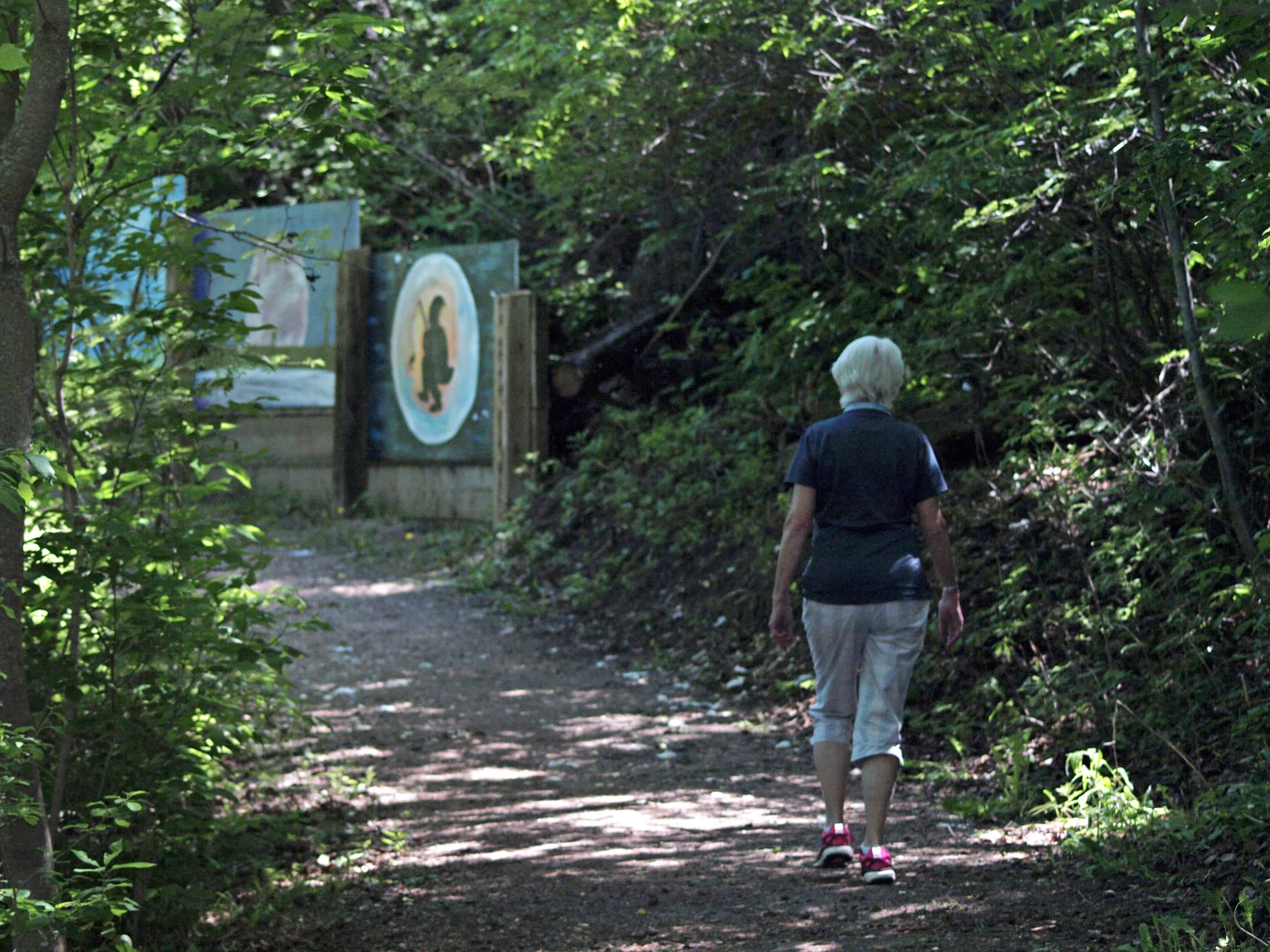Turning our city’s colour from grey to green
Although few of us have been to Bogotá, Colombia, it’s got a reputation. A bad one. Gun slinging. Drug dealing. A hub for cocaine trafficking from the mountain plantations of South America to the back alleys of North America. Not the place you put on the top of your vacation list.
Until recently. Over the last decade there has been something of a peaceful, quiet, people-friendly revolution in Bogotá, transforming it into one of the most attractive and safe cities in South America and positioning it on the list of vacation hot spots.
It began with a visionary mayor, Enrique Peñalosa. Rather than championing a “get tough on crime” policy, he asked the question “How can we make our communities more liveable and happy for the ordinary citizen?” Peñalosa identified two culprits: freeways and parking lots. Together they made the city welcoming for drug traffickers (who could drive through and make drop-offs with anonymity) and unsafe for residents.
The first step was repurposing thoroughfares as a world-class public transit system. The next step was converting parking lots into parks. There you have it—simple, straightforward—the recipe for transforming a crime-ridden city into a much happier city, never mind cutting down on police budgets.
I recently attended Dr. Tim Beatley’s lecture at the Stanley A. Milner Library as part of the Forward Thinking Speaker Series. Beatley recited a compelling list of benefits to citizens who live in biophilic cities: “cities that contain abundant nature; they are cities that care about, seek to protect, restore and grow this nature, and that strive to foster deep connections and daily contact with the natural world.”

According to Beatley, nature is essential to living a happy, healthy and meaningful life. Trees and parks make cities safer and people calmer. A daily diet of nature decreases risk of dementia by 60 per cent, increases generosity of spirit, makes us better people, increases long-term thinking, heightens a sense of belonging, wonder and awe.
The vision of the Biophilic Cities Network (biophiliccities.org) is that nature should be part of our everyday environment, factored into our neighbourhood planning, municipal legislation and architectural design.
Kudos to the City of Edmonton for signing on to this vision statement. Of course, we have a head start. Our river valley forms the largest expanse of urban parkland in North America: the 48-kilometre long stretch of the North Saskatchewan River Valley has 22 major parks.
Our area of the city is bordered by Borden Park to the east and Kinnaird Ravine and the North Saskatchewan River Valley to the south. There are numerous playground parks and lushly clothed elm and ash trees line our streets.

But signing on as a biophilic city needs to mean more than boasting about our natural attributes. It must include creating space for nature in every phase of urban planning. It means changing the colour of our landscape from grey to green. And we will all be happier for it.
Header Image: Edmonton’s river valley forms the largest expanse of urban parkland in North America. Credit: Aydan Dunnigan-Vickruck







